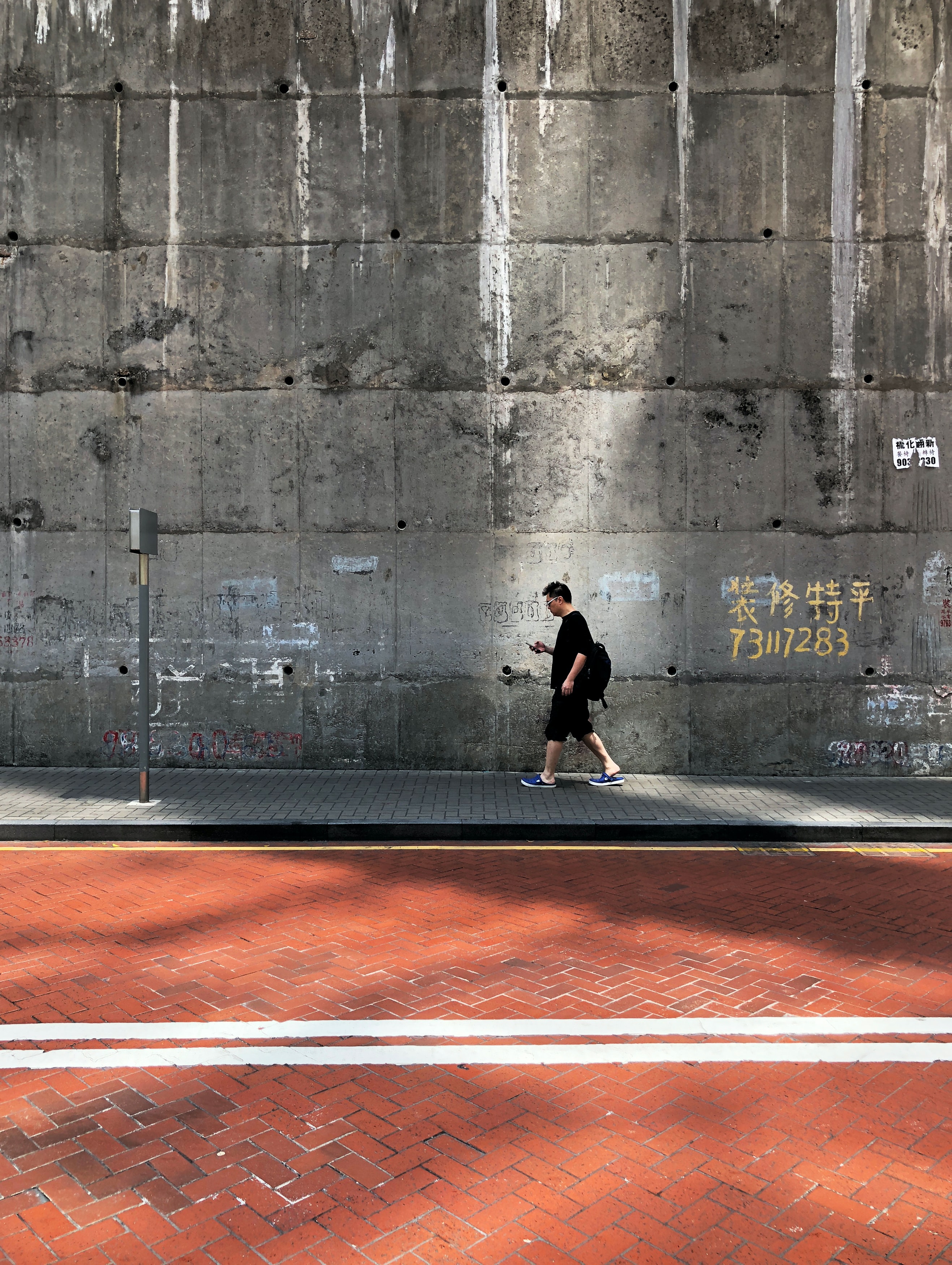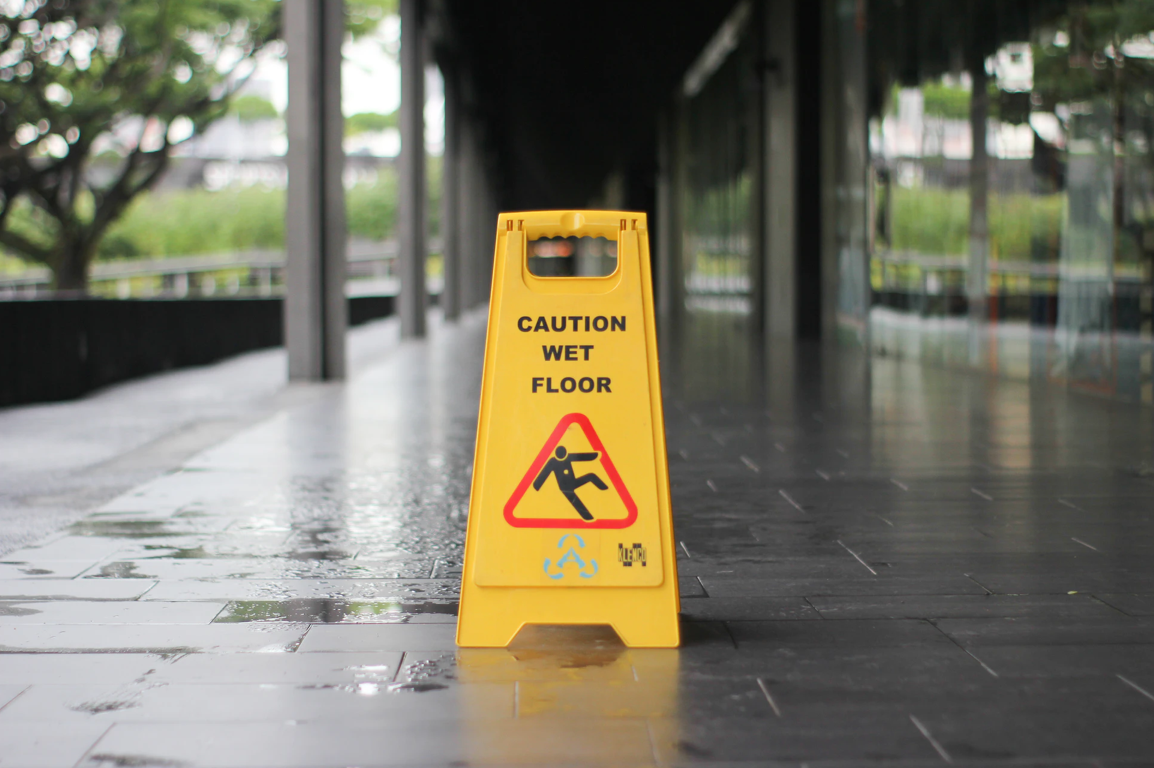Although slip and fall cases can be complicated, there are instances when a claim will not hold up in a court of law.
In harsh weather conditions such as snow, ice, and rain, the ground we walk on unfortunately can become unsafe. Slippery sidewalks lead to public tumbles, doorways become dangerous, and even our own porches can be death traps. This begs the question at what point does it become an establishment’s job to make sure that their property is safe, despite what’s happening outdoors? If everyone is walking inside with wet shoes or has to walk past a patch of ice, when does someone’s fall become another person’s liability?
Slip-And-Fall According To The Law
Simply put, if you are on someone’s property and are injured due to a duty the establishment’s landlord or owner is responsible for, a slip-and-fall case is at hand. Slip-and-fall injuries fall under a larger type of injury case called premises liability. Slip-and-fall cases can be particularly difficult to prove when there is a lack of evidence to prove your injury was at the fault of the property’s unfit nature. This is especially true when the weather is taken into consideration as a contributing factor to an accident. Injury lawyers at Tillmann Law recommend this being the time legal representation can be most useful. Evidence collecting is done best when a professional can weigh in, and your case will have the best chance at compensation if proved well in court. Here are some common slip-and-fall hazards that result in injury:
- Severe weather: snow, ice, rain
- Poor lighting
- Exposed cables
- Unsuitable flooring
- Poor housekeeping
- Uneven walking surfaces
Be wary of these hazards, as they often become the cause of injury, or worse, a fatality.
How Weather Can Hurt A Slip And Fall Claim
Although slip and fall cases can be complicated, there are instances when a claim will not hold up in a court of law. Even in bad weather, the law states that it is not only the responsibility of an establishment to try and warn/protect the public of natural hazards on their property, but also that of the public to watch out for themselves and their own safety. If an establishment does what is legally required to prevent injury and someone is still hurt, this brings up the potential of shared fault. In instances of this shared liability, the injured party can have a hard time proving that their accident is the result of complete negligence of the property owner, which is typically necessary for a successful claim.
Examples Of Shared Fault

As described by the slip and fall attorneys at Ciccarelli Law Office, when a property owner cannot be held fully responsible for a dangerous situation such as the weather, the fault for a slip and fall injury, can be shared by both parties. Therefore, if there are dangerous weather conditions that put the general public at risk of injury, partial responsibility falls on the individual to navigate the conditions accordingly, as well as on the establishment to make their property as safe as possible. For example, is unlikely that a business will be forced to pay compensation for injuries with shared liability such as:
- Not wiping your wet feet on an entry mat
- Looking at your phone in icy conditions
- Ignoring warning signs
- Running on slippery surfaces
- Etc.
This is because it is likely that an injury could have been avoided if an individual took the weather conditions into consideration and the increased risk of injury if not taken seriously. All in all, a property owner must be blatantly negligent of a safety hazard caused by the weather for most individuals to have a case.


Join the conversation!